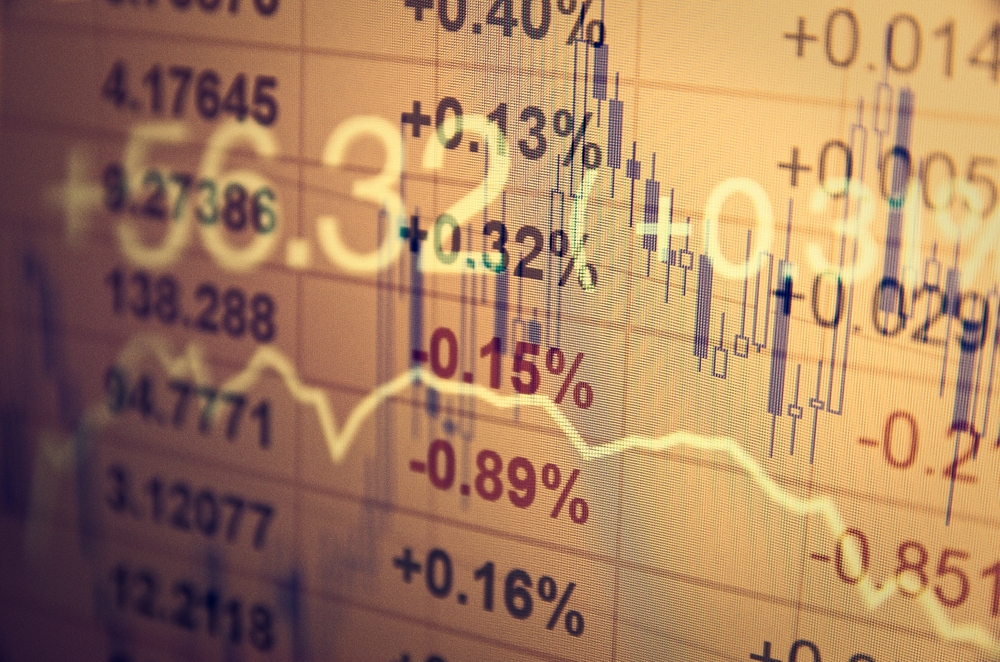Goldman Sachs Asset Management (GSAM)’s UK gilts ETF has been recognised as incorporating an “active strategy” within its index construction, underscoring the ongoing debate around the boundary between active and passive investing.
Launched in 2021, the Goldman Sachs Access UK Gilts 1-10 Years UCITS ETF (GBPG) tracks the FTSE Goldman Sachs UK Gilts 1-10 Years index - developed with FTSE and GSAM’s active fixed income team - which offers exposure to fixed-rate UK government bonds with an effective duration of 4.59 years.
Active management can capitalise on market inefficiencies or, particularly in more efficient vanilla markets like gilts, use carry to generate alpha.
This raises the question of why GSAM has chosen not to adopt an entirely active strategy and instead wrap an “active” strategy within a systematic index, as GSAM’s active fixed income team makes active decisions on which bonds are included in the index.
Why are they doing it?
Dan Caps, portfolio manager and investment manager at Evelyn Partners, said the asset manager's motivations for “actively” deciding which bonds to include in the index involve targeting the greatest roll return - a common strategy - alongside achieving the neutral benchmark duration.
“The greatest steepness at the moment is the seven to ten-year mark. To bring it to benchmark duration neutral, it is overweight on the one to three-year end of the curve as well.”
“The long end is where it wants to be positioned based on its strategy, while the short end brings balance to the overall duration,” he said.
Caps noted he had seen this approach before within the fund space, although comparative strategies market themselves as active.
For example, the Dimensional Global Short-Dated Bond Fund - an active strategy - “uses a yield curve strategy to achieve the same benchmark neutral duration as [GBPG], while also targeting the steepest part of the yield curve.” “The two funds take a similar approach,” he said.
“One chooses to create an index that it then tracks, while the other simply constructs its portfolio based on the same principles.”
Why is it not an active strategy?
Due to legacy factors and the relatively small active European ETF market at the time of launch, GBPG remains a partially active strategy rather than fully active.
More broadly, it is worth noting that JP Morgan Asset Management (JPMAM) transitioned the JP Morgan Global High Yield Corporate Bond Multi-Factor ETF (JGHY) from a passive strategic beta strategy to an active strategy in August 2023, showing that there is some appetite in the market for switching strategies to capture the benefits of active.
Despite this example, it is worth noting that the gilt market is quite different from high-yield, being a simpler market.
Given its simplicity, converting GBPG into a fully open, active ETF may not be entirely necessary.
Where active meets passive
Caps concluded, “A key question has been whether to create rules around an index and have a fund that tracks it, or to set rules and manage a fund that, while not an index tracker, is systematic and rules-based, therefore behaving somewhat like an index-tracking fund.”
Ultimately, while the strategy may appear to be an active strategy in a passive wrapper, it is still following a set of rules based on defined criteria.



